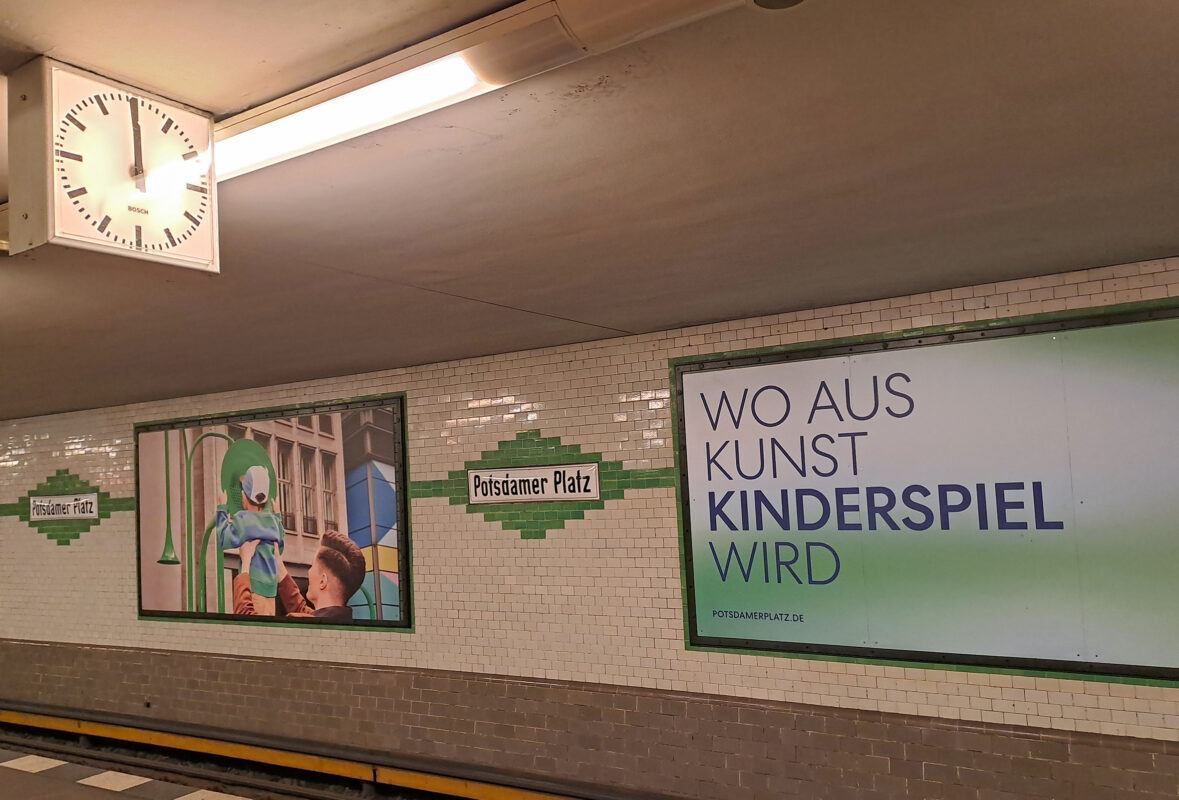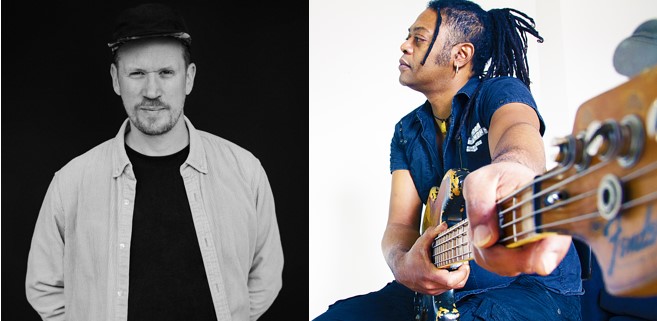Double bass clarinet and Beethoven reception under the magnifying glass
The study "Contrabass Clarinet Extended" aims to improve the quality of the instrument, while the study "From Performance to Interpretation" deals with the reception of Beethoven's piano works in the 19th century.

The Commission for Technology and Innovation has launched an interdisciplinary project entitled Contrabass clarinet extended approved. With Segelke+Partners GMBH as a practical partner, Bern University of the Arts and the Department of Technology at Bern University of Applied Sciences are developing a new double bass clarinet into a prototype ready for series production. The project is based on a development project financed by the Bern University of Applied Sciences Contrabass Clarinet Unlimited (2013-14).
The new contrabass clarinet is intended to overcome the instrument's lack of tonal and technical quality under a radically new premise: By replacing the traditional mechanics with sensory-dynamic keys and motorized keys, there is no longer any need to compromise on the setting of the tone holes. Sound and intonation are significantly improved and new interfaces are created for composers and performers, and even for media art. The project, initiated by Ernesto Molinari, is the responsibility of Roman Brotbeck and managed by Christoph Schnyder.
The new SNSF project explores how the "long 19th century" received Beethoven's piano works From lecture to interpretationwhich was successfully submitted by Thomas Gartmann: From both ends, two closely interlinked dissertations examine how interpretative practices changed and developed after Beethoven's death and thus to a significant extent still shape our image of Beethoven today: Leonardo Miucci takes Ignaz Moscheles' diary entries, letters and piano schools as his starting point and compares the two major Beethoven editions that he produced in the 1830s for the English market and twenty years later for the German market. Manuel Bärtsch evaluates recordings with Welte-Mignon rolls and early acoustic recordings and contextualizes them both historically and aesthetically. The focus of both studies, which were compiled as part of the Graduate School of the Arts and accompanied by Michael Lehner in terms of music theory, is on articulation, dynamics, agogics, pedalization, (implementation of) performance markings, tempo and metronome markings.
The BUA was also invited to participate in the EU project Experimentation versus Interpretation: Exploring New Paths in Music Performance in the Twenty-First Century of the European Research Council & Orpheus Institute, Ghent. SNSF professor Kai Köpp will act as a permanent expert and participate with a study of historical recordings from the Schönberg circle.
Finally, Tobias Pfleger, a research assistant at the HKB, wrote his dissertation at the Karlsruhe University of Music on the subject of Purified Romanticism? The symphonies of Robert Schumann in the interpretations of historically informed performance practice with the distinction "summa cum laude".








